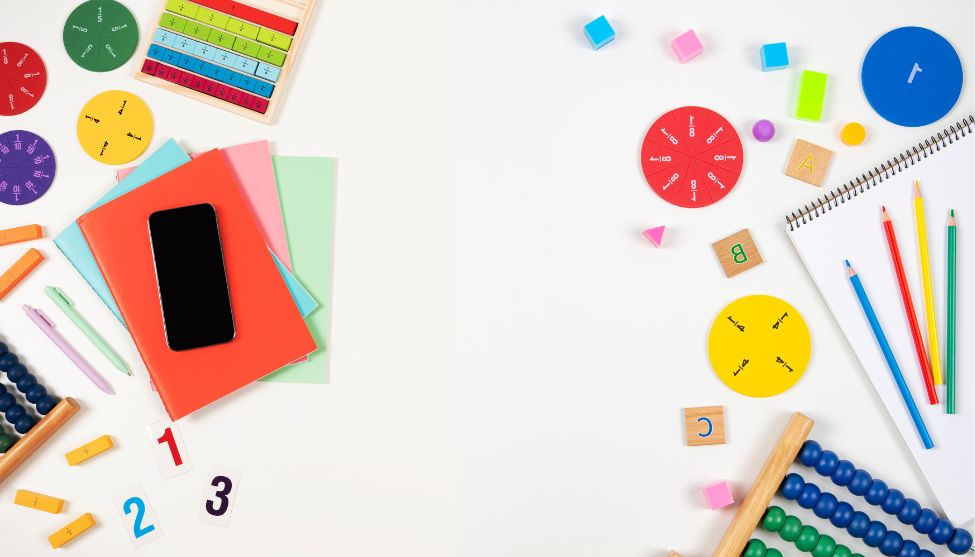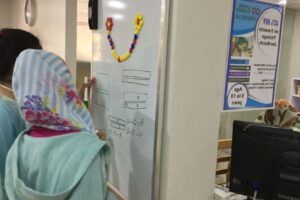
The Power of Hands-On Math Resources
Unleashing the Power of Hands-On Math Resources: A Comprehensive Guide
In the ever-evolving landscape of education, the integration of hands-on math resources has emerged as a powerful pedagogical approach, transforming the way mathematics is taught. Educators worldwide are recognizing the significance of moving beyond traditional teaching methods to embrace manipulatives – tangible objects that students can touch, move, and interact with to grasp abstract mathematical concepts. In this blog post, we delve into the world of hands-on math resources, exploring why they are crucial, the support they provide, and why teachers overwhelmingly prefer them in the classroom.
The Power of Hands-On Math Resources
1 – Why Are They Used?
Hands-on math resources, often referred to as manipulatives, encompass a diverse array of physical objects designed to facilitate a deeper understanding of mathematical concepts. These resources serve as tangible aids that students can manipulate, helping to bridge the gap between abstract ideas and concrete understanding. Unlike traditional methods that rely solely on textbooks and lectures, hands-on math resources engage multiple senses, making learning more interactive and meaningful.
2 – What Support Do They Provide?
-
Concrete Representation:
– Manipulatives offer a concrete representation of abstract mathematical ideas. Whether it’s fractions, geometry, or algebra, students can physically manipulate objects to see and touch the concepts they are learning.
-
Visual and Spatial Understanding:
– Visual learners benefit significantly from the use of manipulatives. Seeing and interacting with physical objects helps students develop spatial understanding, aiding in the visualization of mathematical relationships.
-
Enhanced Conceptualization:
– Abstract concepts like fractions or geometric shapes become more tangible when students can physically handle corresponding manipulatives. This enhances conceptualization and deepens comprehension.
-
Differentiated Learning:
– Hands-on resources cater to diverse learning styles. Whether a student is a visual, auditory, or kinesthetic learner, manipulatives provide avenues for understanding that suit individual preferences.
-
Facilitation of Critical Thinking:
Manipulatives encourage critical thinking and problem-solving skills. Students can experiment with different approaches, test hypotheses, and explore mathematical relationships through hands-on activities.

3 – Why Teachers Prefer Hands-On Math Resources
Engaged Learning:
Teachers consistently favor hands-on math resources because they foster a dynamic and engaging learning environment. When students actively participate in their learning process through manipulatives, they are more likely to stay focused, interested, and retain information.
Addressing Multiple Learning Styles:
In a classroom, students have diverse learning styles and preferences. Hands-on math resources cater to these differences, allowing teachers to provide varied instructional approaches that reach every student.
Real-World Application:
Hands-on math resources often simulate real-world scenarios, helping students understand the practical applications of mathematical concepts. This connection to the real world makes learning more relevant and meaningful.
Encouraging Collaboration:
Manipulatives encourage collaborative learning. Students can work together, share ideas, and problem-solve as a team, promoting a cooperative and supportive classroom culture.
Reputable Brands in the World of Hands-On Math Resources:
Now, let’s explore some reputable brands that have made significant contributions to the field of hands-on math education. These brands offer a wide range of manipulatives designed to enhance mathematical learning experiences.
Learning Resources
Visit for Learning Resources
Learning Resources is a renowned brand providing a comprehensive range of math manipulatives. Their offerings include fraction bars, fraction circles, and various other hands-on tools designed to engage students in interactive mathematical exploration. The company’s commitment to quality educational resources has made them a go-to choice for educators seeking effective manipulatives.

